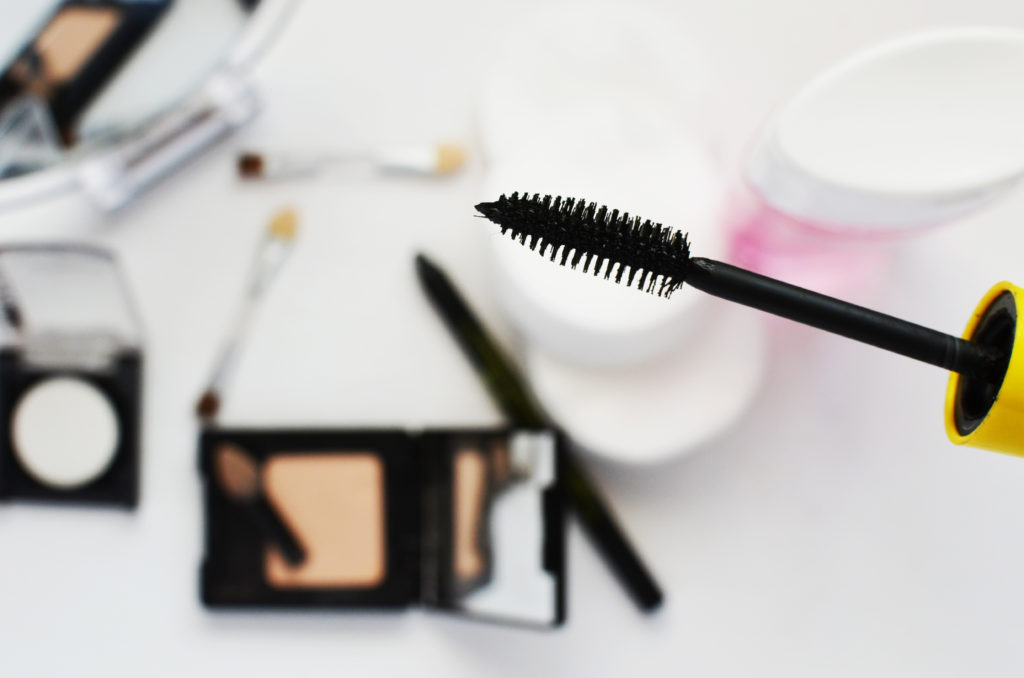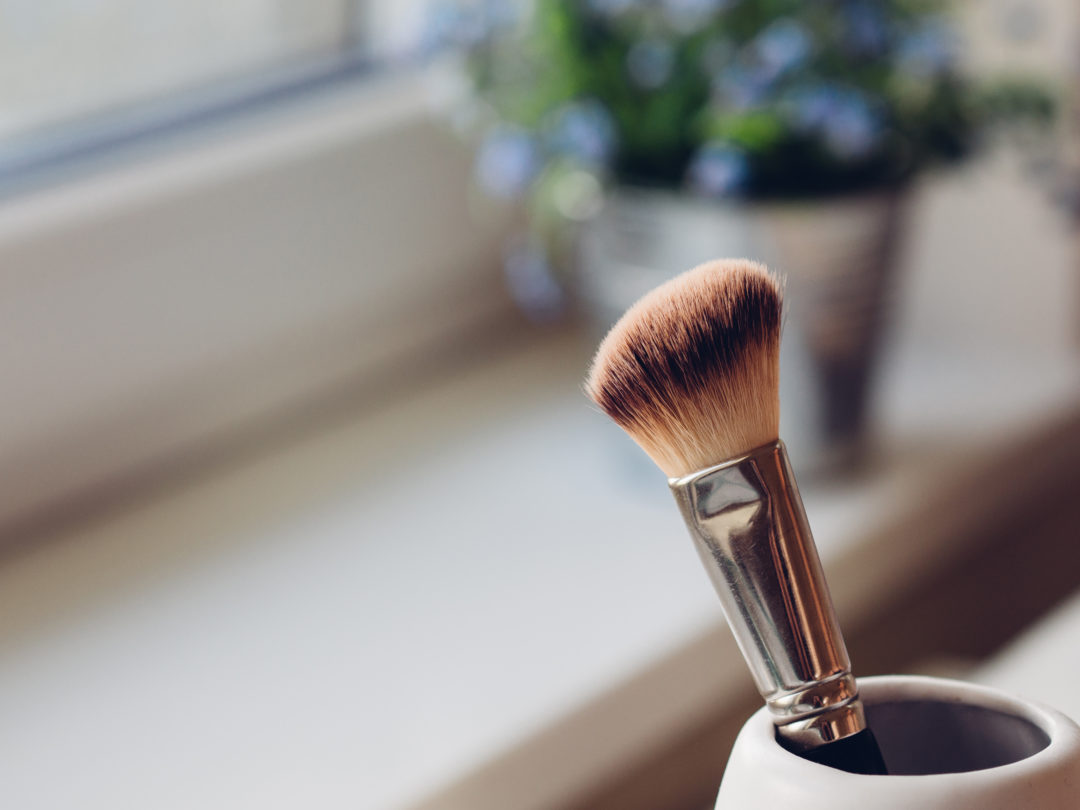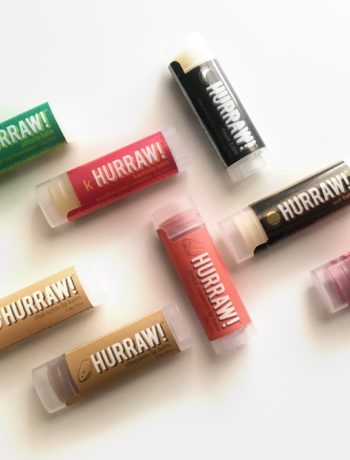The Dirt on Our Personal Care Products
Our skin is our largest organ and first line of defense. It absorbs everything we put on it. Only 11 ingredients are banned in the US vs. about 1200 ingredients banned in cosmetics in the EU. The Environmental Working Group (EWG) states “Personal care products are manufactured with 10,500 unique chemical ingredients, some of which are known or suspected carcinogens, toxic to the reproductive system or known to disrupt the endocrine system”. They’ve found that 20% of personal care products contain chemicals linked to cancer. Personal care products don’t have to be tested and screened before being released and put on the shelves. Read the labels of your natural personal care products. The statements “Natural” and “all natural” aren’t regulated.
The Environmental Working Group
A great resource for checking how your personal care products rank is the Environmental Working Group’s Skin Deep website or their app! The EWG is a “non-profit, non-partisan organization dedicated to protecting human health and the environment.” They aim to educate consumers on the safety of their personal care products, foods they consume, and the impact of their choices on the environment. Please watch this short video of the founder discussing EWG.
Avoid These Ingredients:
- Parabens: Parabens mimic estrogen and disrupt the hormone system. They can affect fertility and fetal development. The scary thing is that the levels of parabens are often highest in women of child bearing years, as they use the most personal care products. They don’t just affect you, in this study, the levels of methylparaben were higher in fetal cord blood than in the mother! (www.nature.com) Avoid products with propylparaben, benzylparaben, methylparaben, or butylparaben on the labels. Make sure you’re selecting a clean product for your kids.
- Phthalates: also endocrine disruptors. Linked to increase risk of breast cancer and reproductive defects. Fetal exposure to these toxic chemicals can last a lifetime. In August 2005, scientists from the University of Rochester reported that prenatal exposure to phthalates could cause the reproductive organs of male infants to develop abnormally (Pub Med) Phthalates also reduce the production of testosterone in babies and young boys of mothers who tested with high phthalates while pregnant. Phthalate levels have been found in the urine of babies and kids who were recently bathed with phthalate laden soaps and lotions. They don’t always appear on the labels either. Shop products that list “no phthalates” or “phthalate-free”.
- Fragrance: Companies are not required to disclose the ingredients of “fragrances” because the formulation is proprietary, phthalates included. Fragrance rates 8 on the 1-10 scale on the EWG website.
- Sodium laurel sulfate (SLS) and Sodium laureate sulfate (SLES): skin and eye irritants, they interact with other chemicals to form carcinogens.
- Toluene: pregnant women should avoid these vapors as they can lead to developmental damage to their unborn baby. This petrochemical can also irritate your skin, respiratory system, and cause you to feel nauseous. Toluene ranks 10, the lowest score, on the EWG scale.
- Triclosan: Used as an antimicrobial, triclosan is a skin irritant, endocrine disruptor. Triclosan has been shown to increase antibiotic resistant bacteria. And, it doesn’t work any better than soap and water. (Pub Med)
- Talc: can contain asbestos, carcinogen
- Propylene glycol: skin, eye, and lung irritant
- Formaldehyde: with an EWG rating of 10, it’s a known carcinogen, causes skin, eye, and lung irritation, and “in the U.S. there are no restrictions on the levels of formaldehyde allowed in any body care products, no requirement to test products made with formaldehyde-releasing preservatives for levels of formaldehyde, and certainly no obligation to inform consumers that the products they use each day are likely to contain a cancer-causing chemical that does not appear on the list of ingredients.”
- Coal tar: A known carcinogen and banned for use in cosmetics and personal care products in other countries. It’s a primary ingredient in many anti dandruff shampoos, one that Jett’s pediatrician recommended when he had cradle cap as an infant! Also rates 10, the lowest on EWG’s safety scale.
Ask Questions
I also have an extensive list of ingredients we avoid, or at least inquire about the derivatives. Glycerin, vitamin C (ascorbic acid, ascorbic palmitate, etc), vitamin E (tocopherol), any “gums”, alcohols, citric acid, natural flavorings, cellulose, and waxes can all be derived from allergens (like soy, corn, palm, coconut, etc). These ingredients aren’t harmful unless you have an allergy to them. We do avoid carmine, bismuth oxychloride, dimethicone, synthetic dyes, products tested on animals (must be cruelty free), nanoparticles, plus everything on EWG’s unacceptable list (found at the end of this PDF). Any ingredient on a product that I can’t pronounce or I don’t know much about, I ask. We also prefer natural derived preservatives and compounds (if any at all).
Verified Products by the EWG
EWG’s Skin Deep now has a “verified list” of personal care products. Verified products are on their website at the top of the categories when you search for a particular type of product. There are some products on this list that don’t pass our requirements, but their safety ratings are great. Not every awesome product is EWG verified. There are so many more that rate 1, they just haven’t gone through the process of becoming “verified”. Make sure to search ingredients if you don’t know their safety level. Just because a product is listed as “natural”, doesn’t mean that it’s healthy. There are no requirements for this claim.
So, What’s in there?
Another important thing to me is the transparency of the company. When I come across a “natural” product without listed ingredients, I automatically cross it off our list. If I reach out to them to inquire about the derivative of an ingredient and they don’t know and won’t find out or ignore my question, I steer clear. I started this practice when we had to begin avoiding things with corn and soy derivatives for Jett’s health. You can find corn and soy derivatives hidden everywhere!! Nowadays, I can use shampoo and conditioner with corn derived alcohol, but I wouldn’t use them on Jett. I still avoid makeup with soy, gluten, and corn derivatives to eliminate the risk of transferring to Jett’s hands or face.
Thankfully, I’ve found replacements from fantastic companies for all of my old toxic-chemical-laden products. Don’t worry, I’ll share them all with you! I hope this encourages you to start asking what you’re putting on your skin.





